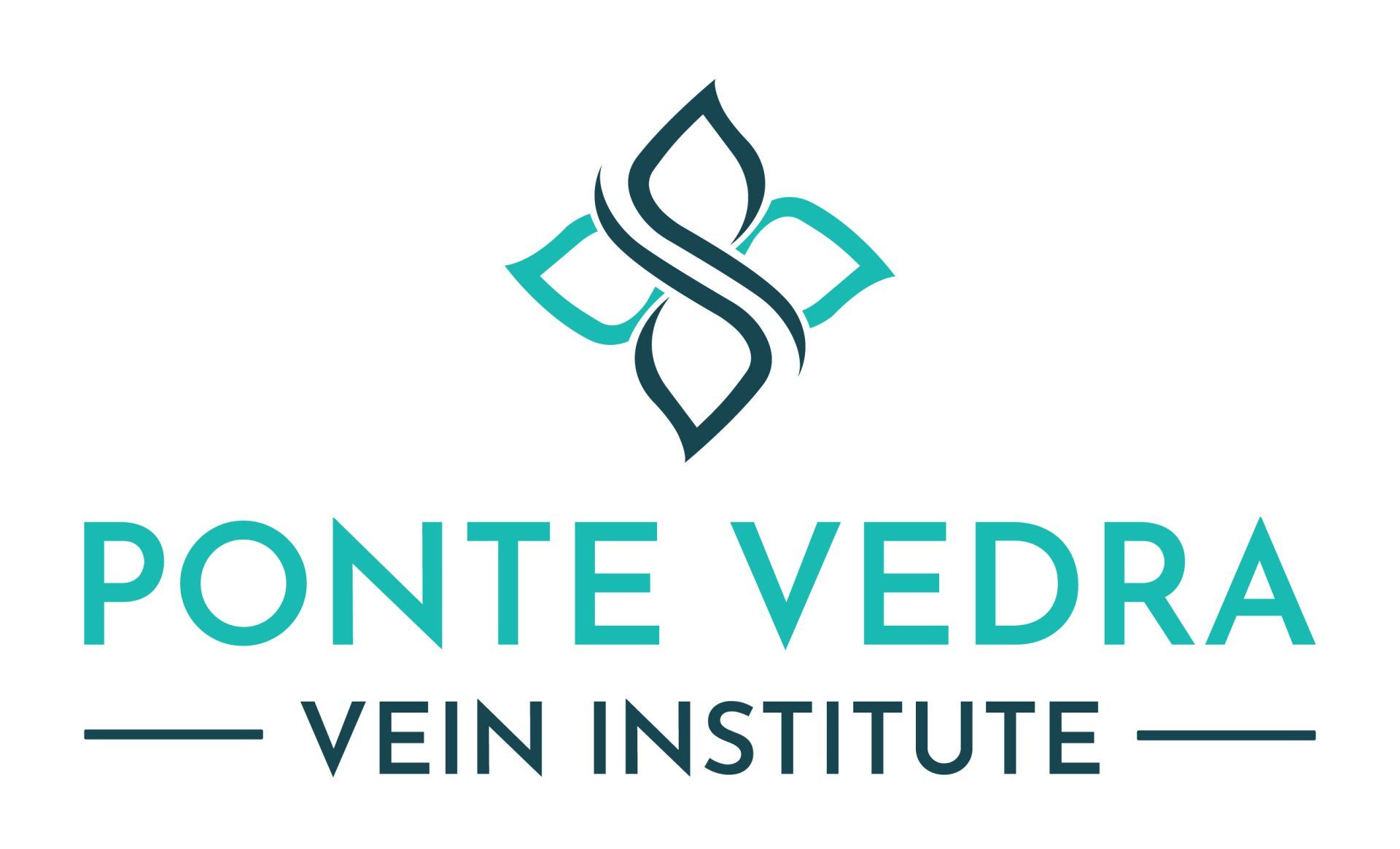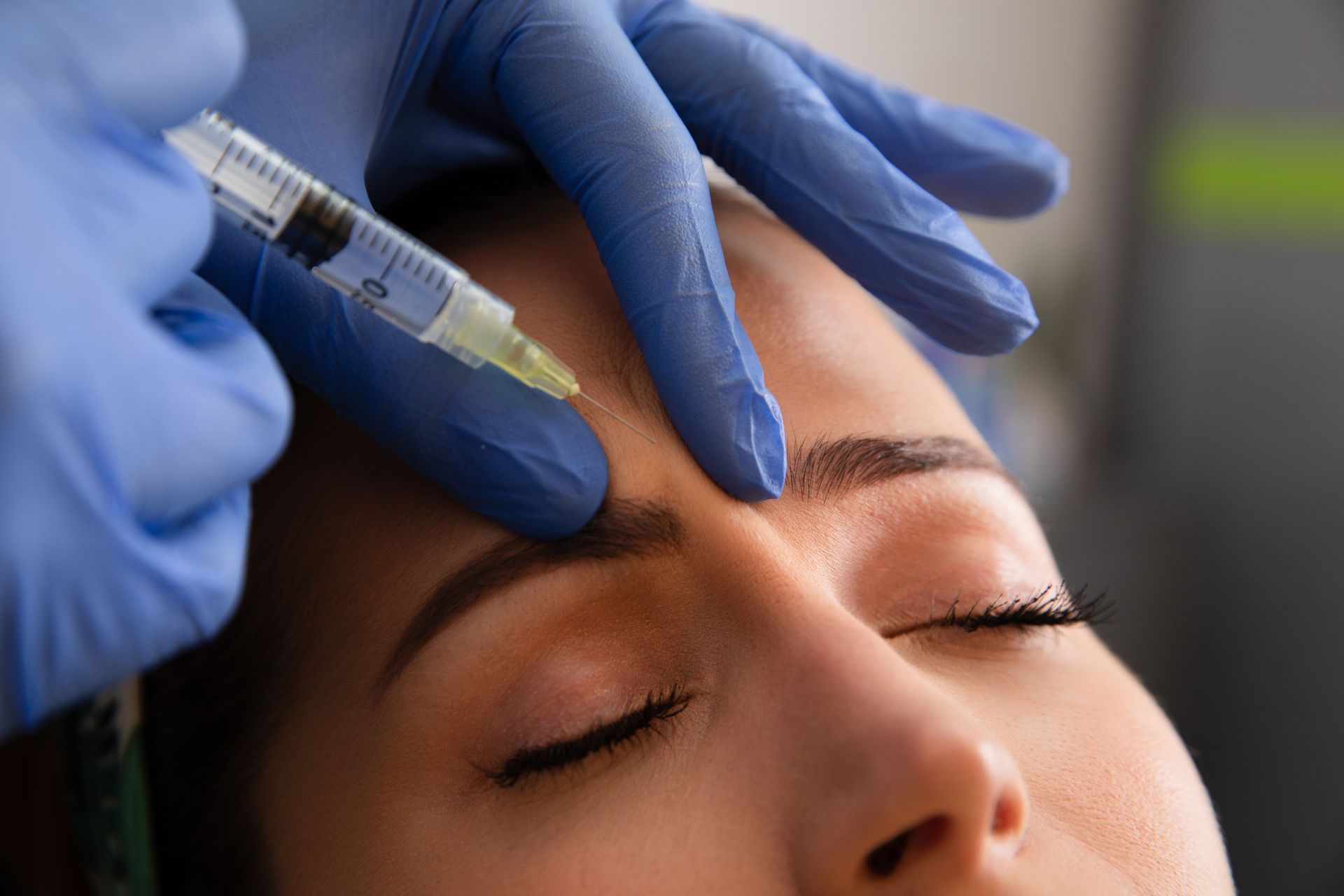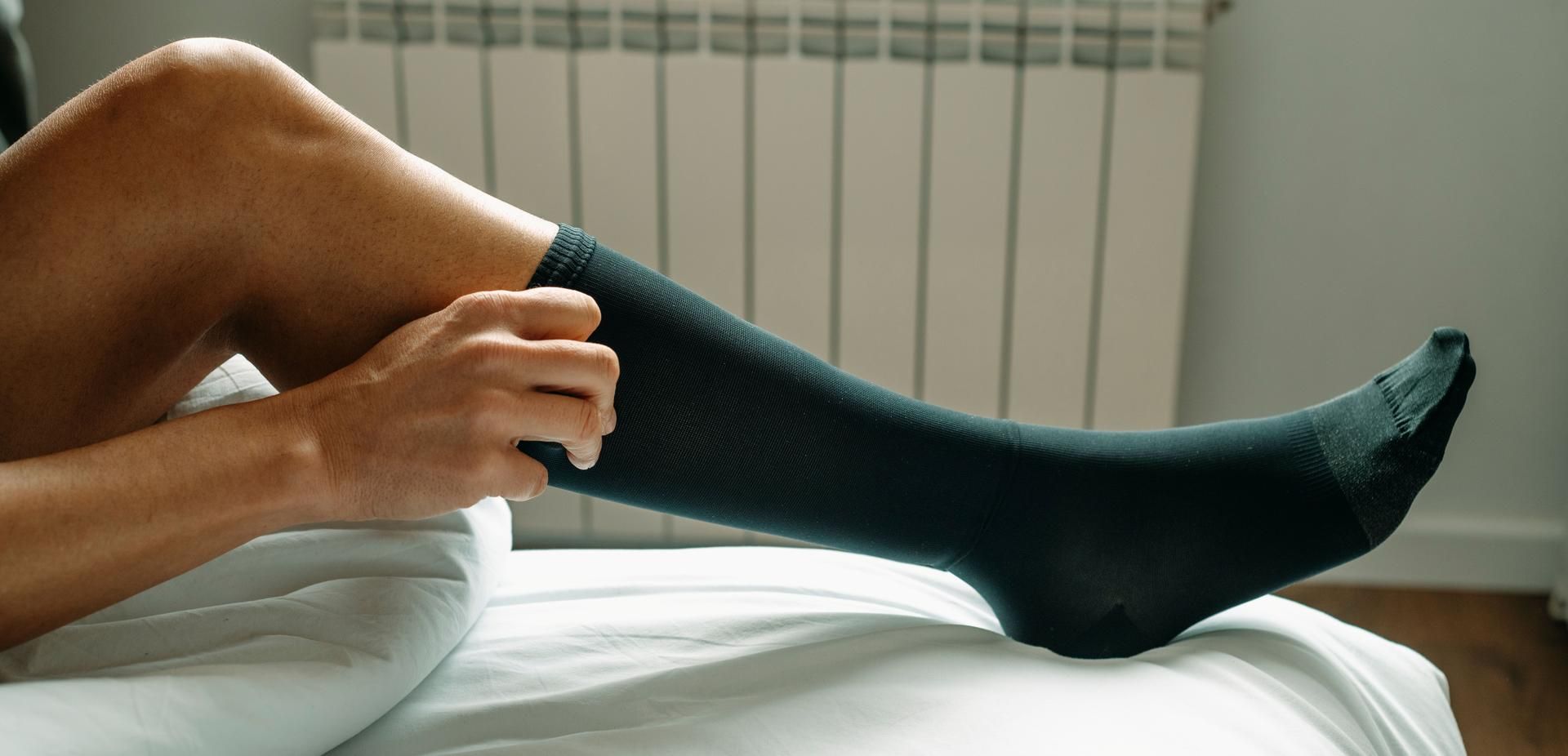Understanding and Treating Spider Veins
Spider veins — those tiny, web-like networks of red, blue, or purple lines that appear on the surface of your skin – are a common cosmetic concern for many people. While they’re typically harmless, their appearance can cause discomfort and self-consciousness. Fortunately, there are effective treatments available at med spas that can help reduce or eliminate them. In this blog post, we’ll delve into how to identify spider veins and explore the various treatment options available at med spas.
What Are Spider Veins?
Spider veins are small dilated blood vessels near the skin's surface. They often resemble a spider web or tree branches, which is how they got their name. These veins most commonly occur on the legs and face but can appear anywhere. Factors contributing to their development include genetics, prolonged standing or sitting, hormonal changes during pregnancy or menopause, obesity, and sun damage. Although spider veins are usually not painful or harmful, they can be unsightly and may lead some individuals to seek treatment.
Identifying Spider Veins
Recognizing spider veins is generally straightforward due to their distinct appearance. Unlike varicose veins—which are larger, raised above the skin’s surface, and sometimes painful—spider veins lie flat against the skin and are smaller in diameter. They may cover smaller areas but can also spread across larger regions like a network of fine threads. People with fair skin might find them more noticeable than those with darker complexions due to the contrast in pigmentation.
Med Spa Treatments for Spider Veins
Med spas offer several non-invasive treatments designed specifically for reducing or eliminating spider veins:
- Sclerotherapy: This procedure involves injecting a special solution directly into the affected vein using a fine needle. The solution causes irritation inside the vein walls leading them to collapse and eventually fade away over time as your body absorbs them naturally.
- Laser Therapy: Utilizing focused light energy delivered through specialized laser equipment, this method targets pigment within the blood vessel causing it to clot and then dissolve without damaging surrounding tissue—ideal for treating facial spider veins.
- Intense Pulsed Light (IPL) Therapy: This treatment, while similar to laser therapy, utilizes broad-spectrum light that penetrates deeper layers of the skin. It effectively targets pigments responsible for discoloration, all while promoting collagen production, which enhances overall skin texture and reduces the visibility of unwanted imperfections.
- Veinwave Treatment: A relatively new option, Veinwave employs microwave energy delivered through an ultra-fine insulated needle. This precise heating effectively obliterates problematic capillaries without affecting the surrounding tissue, resulting in a swift and virtually painless recovery compared to older techniques still in use elsewhere.
- Radiofrequency Ablation (RFA): This technique harnesses radiofrequency energy transmitted through a catheter to heat and destroy problematic blood vessels. By sealing off circulation in the targeted area, RFA effectively prevents future occurrences at the same location, offering long-term solutions that can be permanent, depending on individual circumstances. Each case is monitored carefully to ensure the best possible outcomes, with various factors considered during the planning stages.
Selecting the Right Treatment Option
Selecting the right treatment largely depends on personal preferences and several important considerations related to the severity, extent, distribution, and unique circumstances of each patient. Factors such as a patient's medical history, lifestyle, and specific health goals can also significantly influence the choice of treatment. A thorough individual evaluation is essential before recommending any procedures, as it allows healthcare professionals to gain a comprehensive understanding of the patient's needs and conditions. This evaluation should involve detailed discussions about the potential benefits and risks of various options. After the assessment, treatment plans should be determined collaboratively, ensuring that the patient's voice and choices are prioritized in the decision-making process.
For more information about this, contact us at Ponte Vedra Vein Institute.











